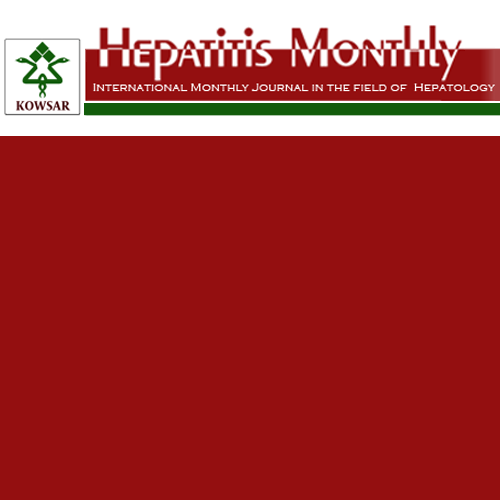Summary
Background
Chronic hepatitis C virus (HCV) infection is emerging as the leading cause of viral hepatitis-related liver disease in Iran.
Objectives
This study estimated the current and future disease burden of HCV infection in Iran and assessed the impact of various strategies in access to HCV treatment on reducing the disease burden.
Materials and Methods
A modelling approach was used to estimate the size of HCV infected population, and disease progression from 2014 to 2030. Literature review and expert consensus informed the model parameters. Base case scenario assumed the currently utilized Interferon (IFN)-based treatment. Five other scenarios assumed utilizing IFN-free direct acting anti-viral regimens with 1, the base case diagnosis and treatment uptake; 2, restricting treatment to severe liver fibrosis; 3, treatment uptake being doubled; 4, stepwise increase in treatment uptake (doubled by 2017, quadrupled thereafter); 5, targeting at least 90% reduction in HCV infections by 2030.
Results
In 2014, an estimated 186,500 individuals are living with HCV infection in Iran (median age: 30 years). By 2030, this number will increase to 213,700, while three to four fold increase is expected in the case numbers of decompensated cirrhosis (DC, n = 620), hepatocellular carcinoma (HCC, n = 510), and liver disease death (n = 400), assuming the current diagnosis/treatment settings. As compared with the base case scenario, scenarios 1 and 2 will have a limited impact on HCV disease burden, while scenarios 3 and 4 will result in 45% – 49% decrease in the number of individuals living with HCV infection and 60% – 69% decrease in DC, HCC and liver disease deaths by 2030. For at least 90% reduction in HCV infections by 2030 (scenario 5), diagnosis and treatment rates should be increased to 12,000 and 9,000 individuals per year in 2016, respectively and to 24,000 and 18,000 individuals per year, respectively in 2018 onward.
Conclusions
An increasing burden of HCV-related liver disease is expected in Iran under the current diagnosis and treatment levels. Increased diagnosis and treatment uptake is required in combination with enhanced treatment efficacy to reduce the HCV burden. The relatively young age of the HCV infected population, provides an opportunity for timely interventions to avert the projected rising HCV disease burden in Iran.
Countries: Iran

